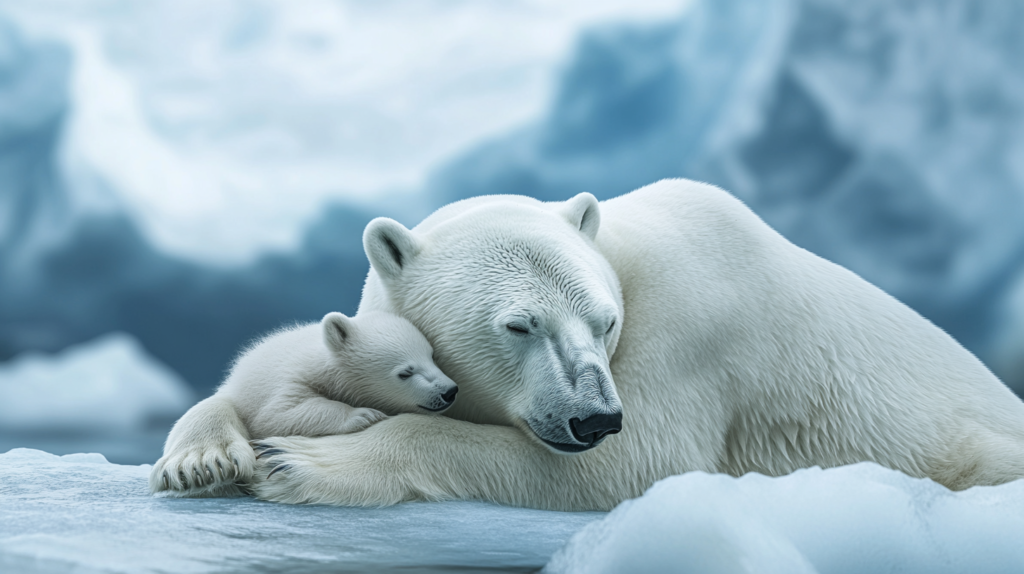In nature, not every animal has the warm, nurturing relationship with its offspring that we might expect. In fact, some species have evolved to do something that seems shocking—eating their own young. While it might sound gruesome, there are often reasons behind this behavior, from survival to conserving resources. Known as filial cannibalism, this strange phenomenon occurs across different species, from insects to mammals. In some cases, parents consume their young to protect the rest of the group, while in others, it’s a response to stress or environmental pressures.
1. Hamsters
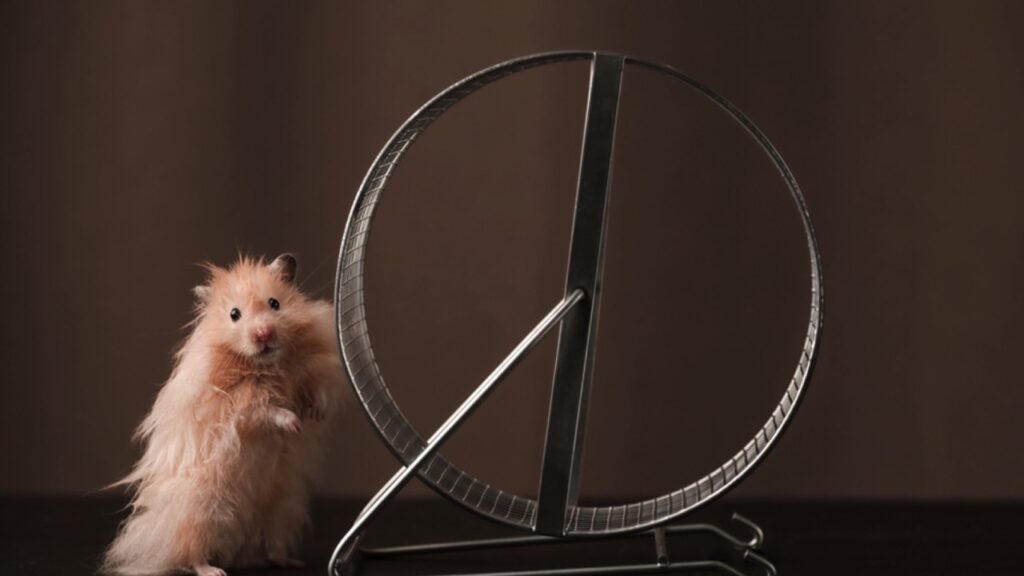
Hamsters are known to eat their young if they feel stressed or threatened. If a mother hamster thinks her babies are in danger, she may turn to this extreme measure to protect herself or the rest of her litter. Crowded living spaces, handling by humans, or loud noises can all trigger this behavior.
2. Black Widows
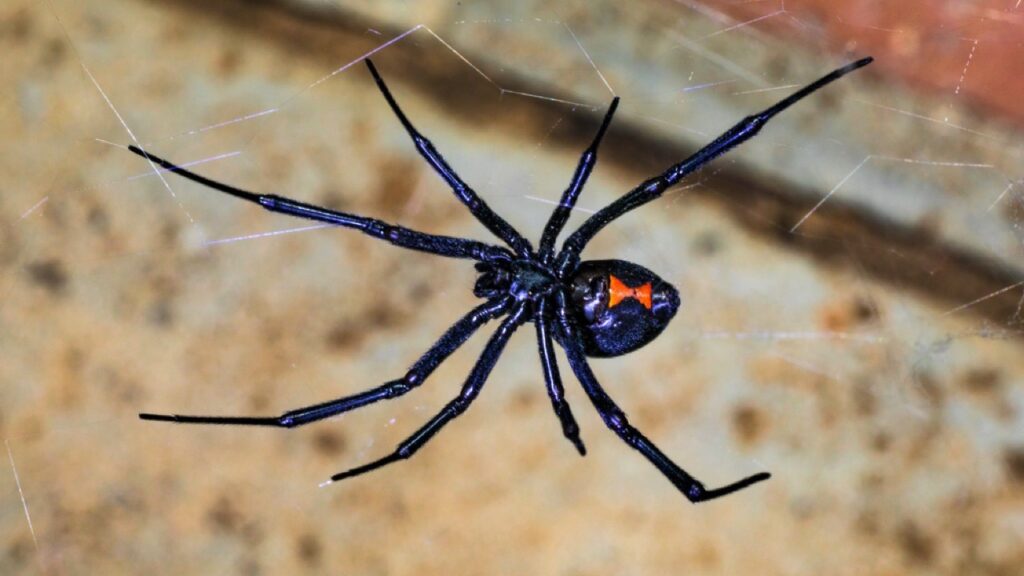
The black widow spider is infamous for its dangerous bite, but it also has a reputation for eating its own offspring. Female black widows may consume their young if food is scarce or if the hatchlings are too weak to survive. This behavior is thought to help the mother conserve energy and resources for her own survival.
3. Rabbits
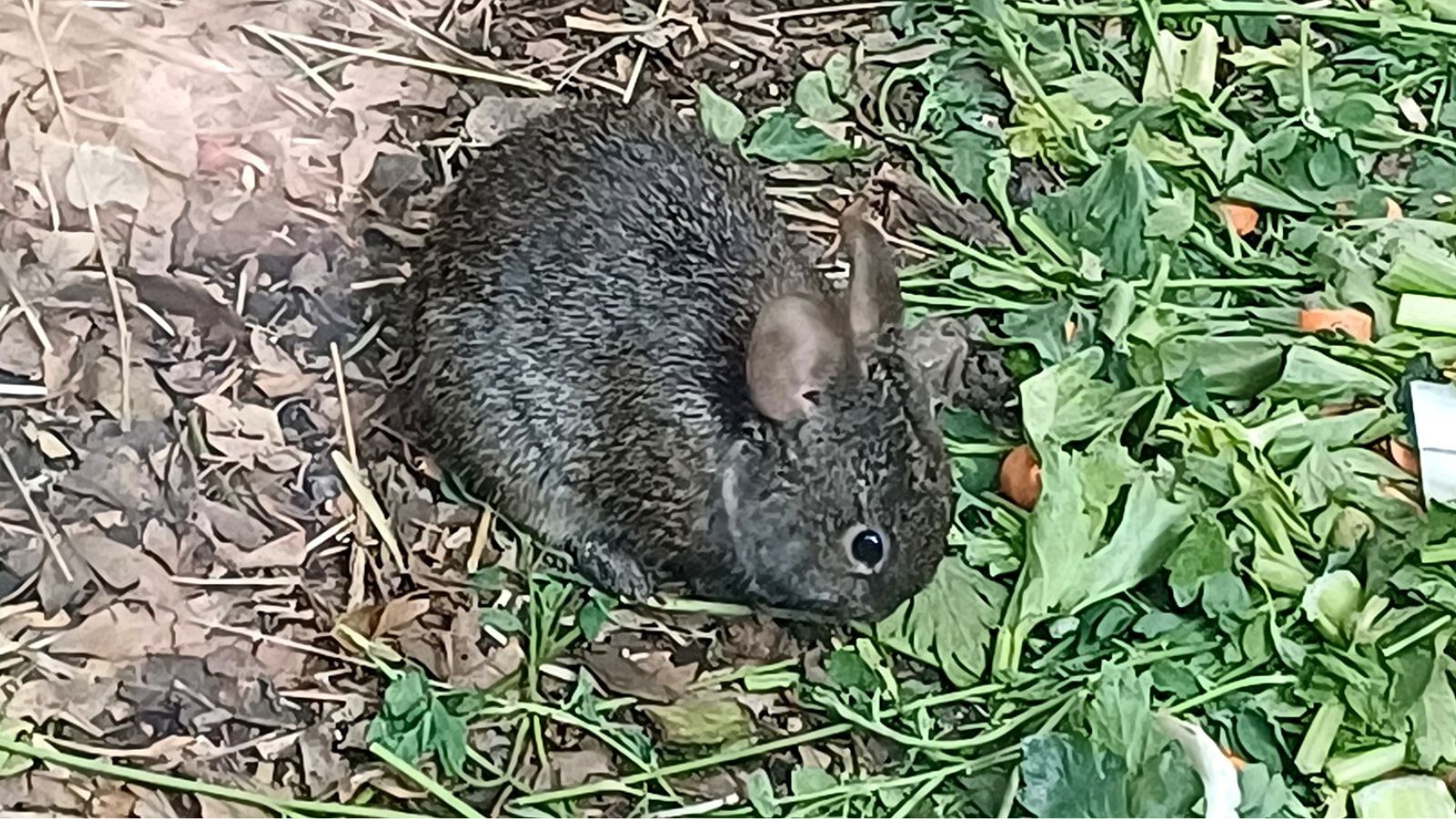
Rabbits, despite their fluffy, gentle image, can sometimes eat their young. This behavior usually happens when a mother rabbit is overly stressed, feels unsafe, or senses that one of her babies is sick. By consuming the weaker offspring, the mother can focus her energy on caring for the healthier kits.
4. Polar Bears

Polar bears are known for being fierce predators, but in extreme conditions, mother bears may eat their own cubs. This behavior is usually seen when the mother is starving or desperate for food. In the harsh Arctic environment, a lack of food can drive even these large predators to such extreme survival tactics.
5. Scorpions
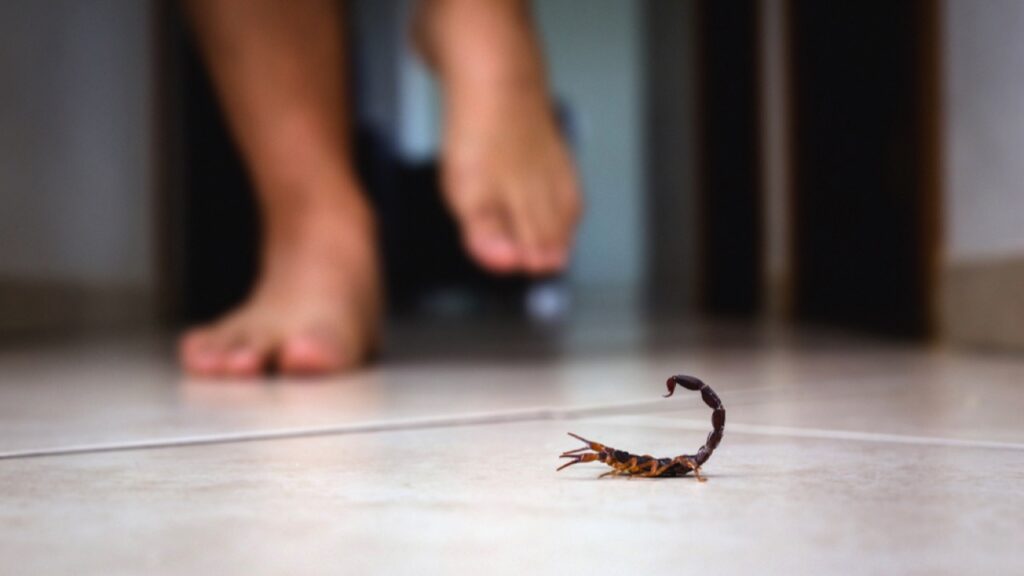
Scorpions are another example of an animal that may turn to filial cannibalism when under threat. If a mother scorpion feels her environment is unsafe or lacks food, she may eat her newborns. In some cases, this helps the mother survive long enough to reproduce again in better conditions.
6. House Sparrows
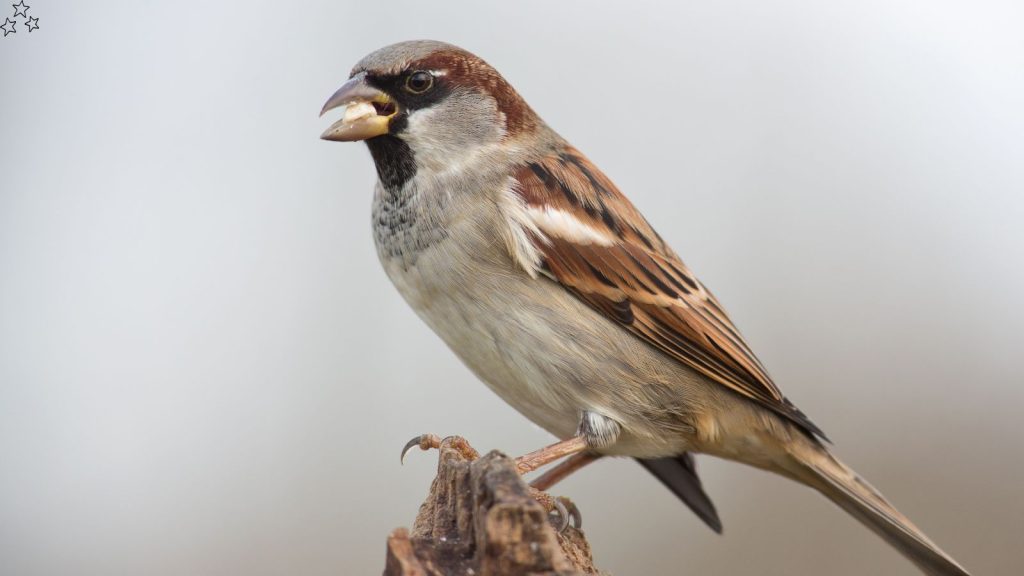
House sparrows may occasionally eat their own chicks, especially if food is scarce or the nest is overcrowded. This behavior is thought to reduce competition among the remaining chicks, giving them a better chance of survival. It’s a harsh decision, but one driven by the instinct to ensure the strongest offspring thrive.
7. Fish (Cichlids)
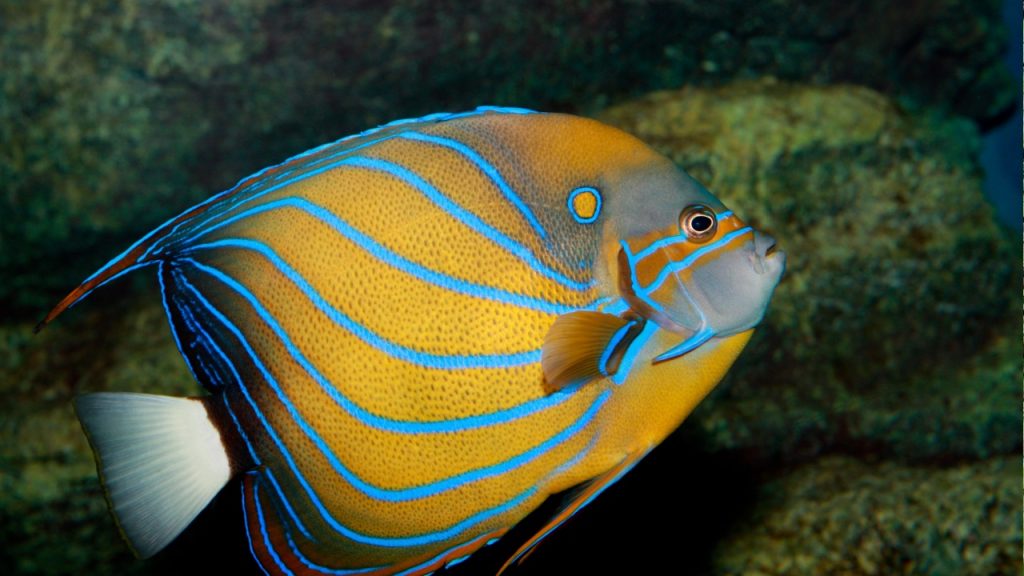
Cichlid fish are known for their parental care, but in stressful situations, they may eat their own young. If a male cichlid feels that the fry (baby fish) are at risk or that they won’t survive, he might consume them to conserve his energy for future reproductive chances.
8. Lions
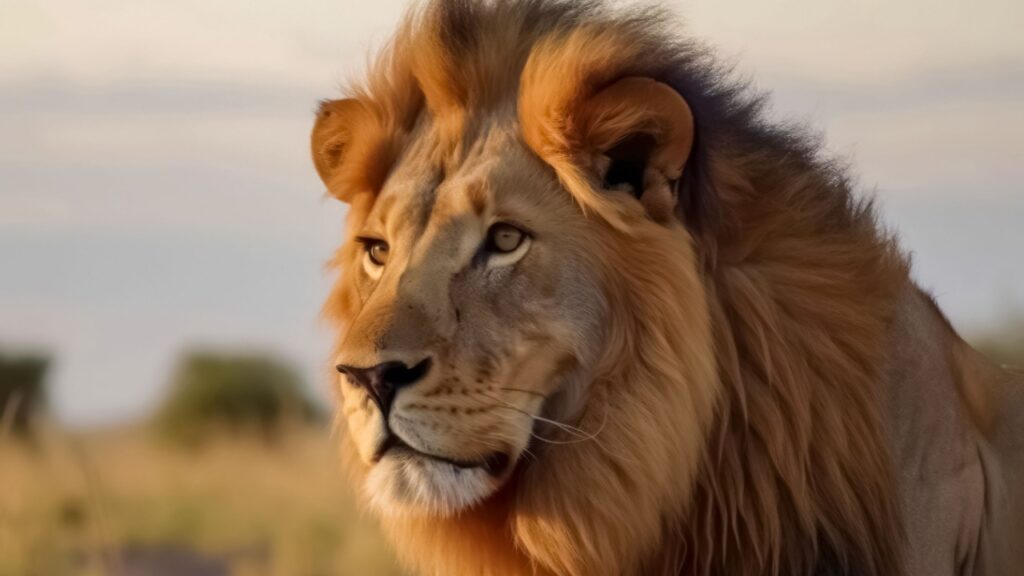
While female lions fiercely protect their cubs, male lions can behave quite differently. When a new male takes over a pride, he may kill and sometimes eat the cubs sired by the previous leader. This brutal behavior ensures that the new male’s genes will dominate, and the females will soon be ready to mate again.
9. Frogs (African Bullfrogs)
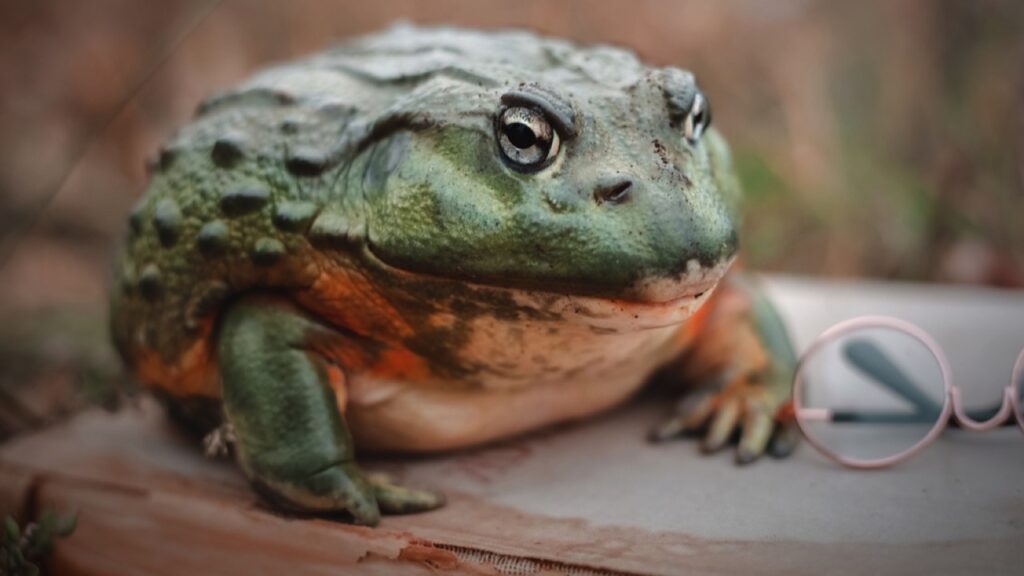
African bullfrogs are dedicated parents, but even they sometimes resort to eating their offspring. If food is extremely scarce or the tadpoles are too numerous to survive in their environment, the adult frog may eat some of them. This reduces competition and gives the remaining young a better chance at survival.
10. Chickens
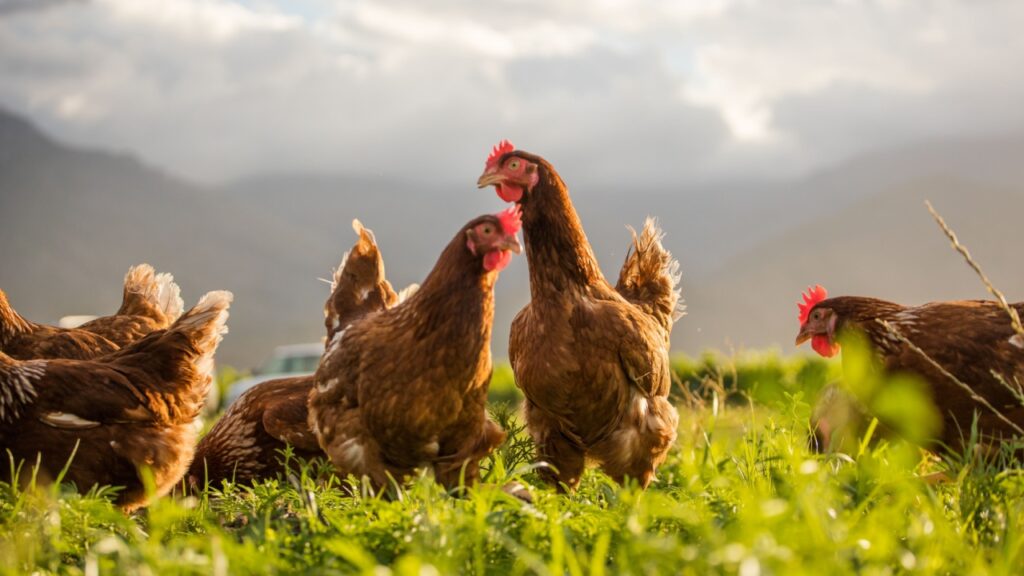
Chickens, especially inexperienced hens, may eat their own chicks if they are stressed or unwell. This behavior is rare but can occur if the mother senses something is wrong with the chicks or if she feels overwhelmed by her environment. It’s often a reaction to poor conditions or stress.
11. Rats
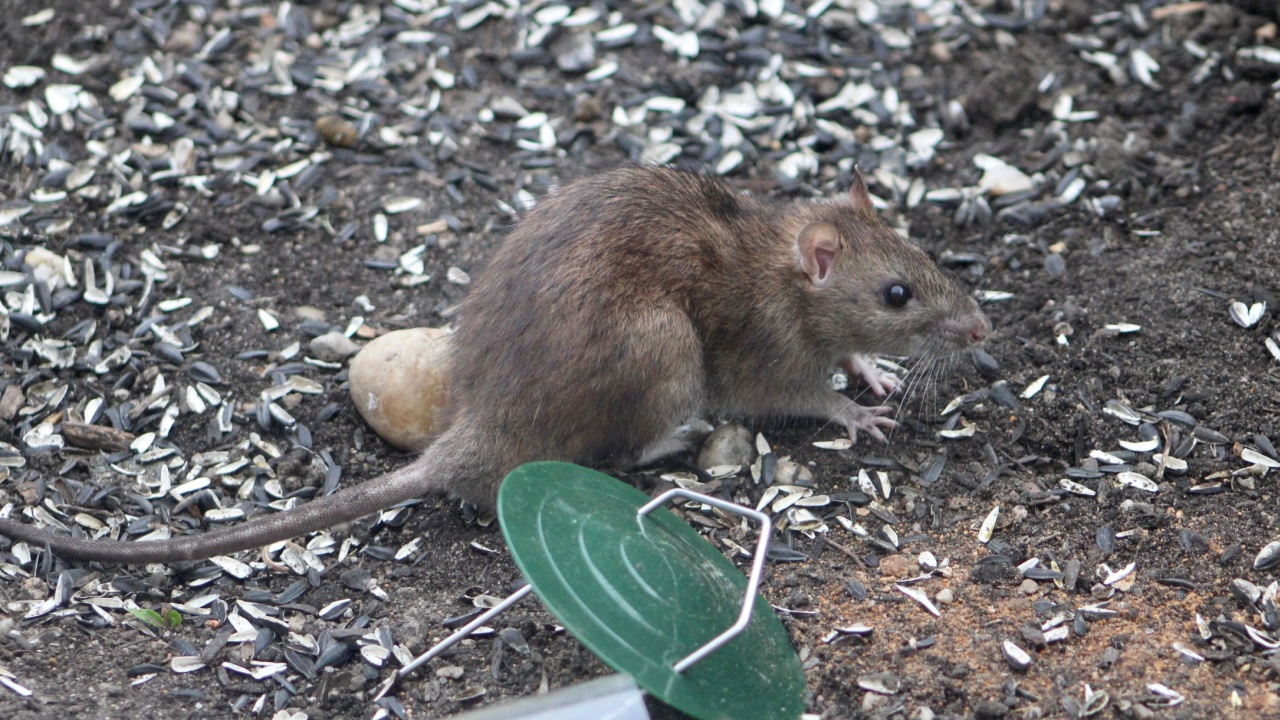
Rats are highly social and intelligent animals, but under certain conditions, mother rats may eat their young. This usually happens if the mother is under extreme stress, lacks sufficient food, or feels her babies are in danger. In some cases, rats also consume dead or sickly offspring to prevent disease from spreading in the nest.
12. Tigers
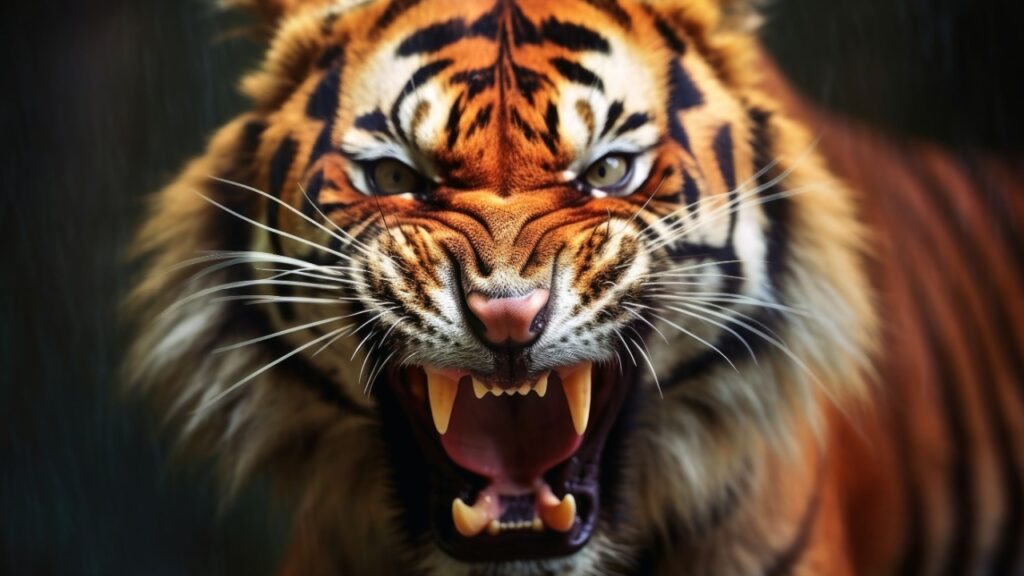
In rare cases, tigers may eat their cubs if they are severely malnourished or under extreme stress. This behavior can occur when the mother is unable to find enough food to support herself and her cubs, leading her to make a difficult decision for her own survival.
13. Guppies
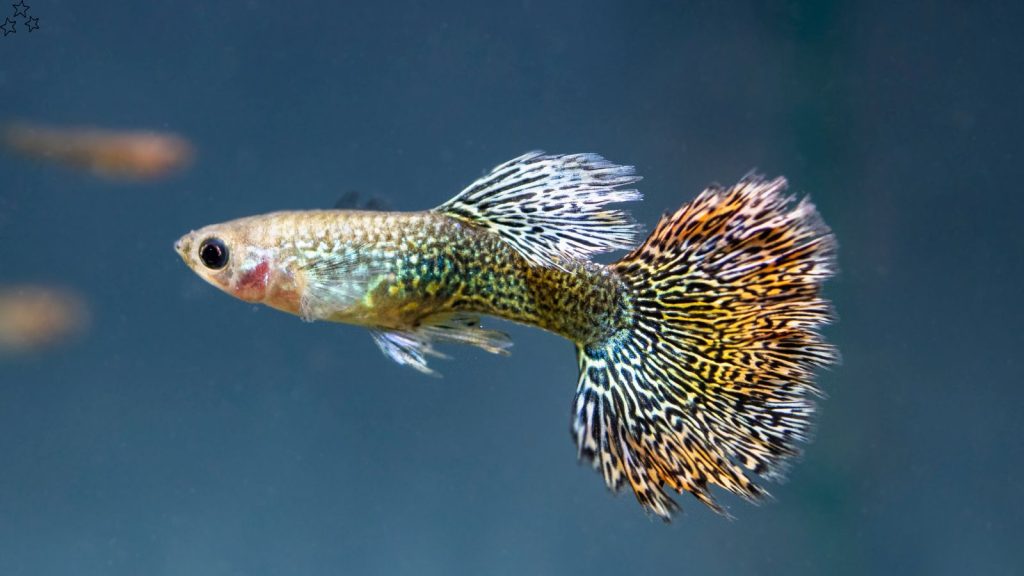
Guppies, a popular aquarium fish, are notorious for eating their young. This behavior happens if the parents are stressed or overcrowded, or if they mistake the fry for food. Aquarium owners often separate guppy fry from the adults to prevent this from happening.
14. Mice
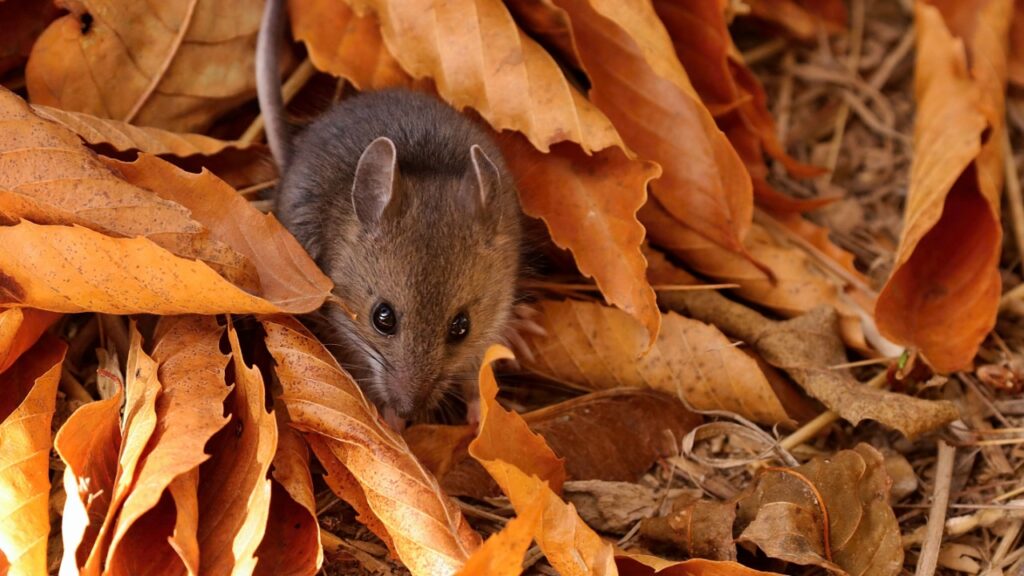
Mice, like many small mammals, sometimes eat their own young when they feel threatened or stressed. A mother mouse may consume her babies if she lacks food, if the nest is disturbed, or if she senses that one of her pups is sick. This is a way for the mother to prioritize her own survival and that of future litters.
15. Praying Mantises
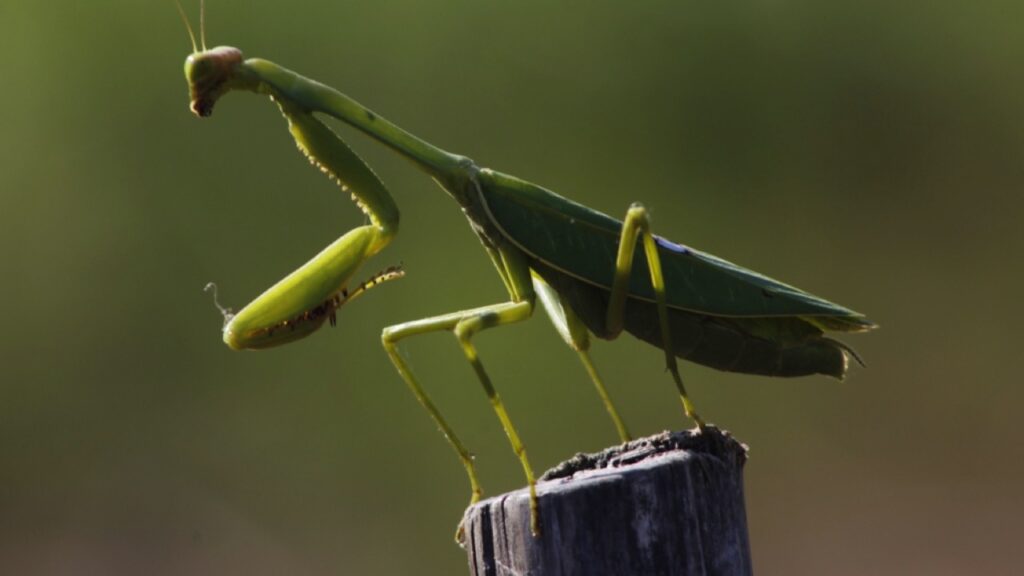
The praying mantis is famous for its aggressive predatory behavior, and this extends to its own offspring. Female mantises have been known to eat their own young, especially when food is scarce. While disturbing, it’s a survival strategy that helps the mother conserve energy and increase her chances of reproducing again.

